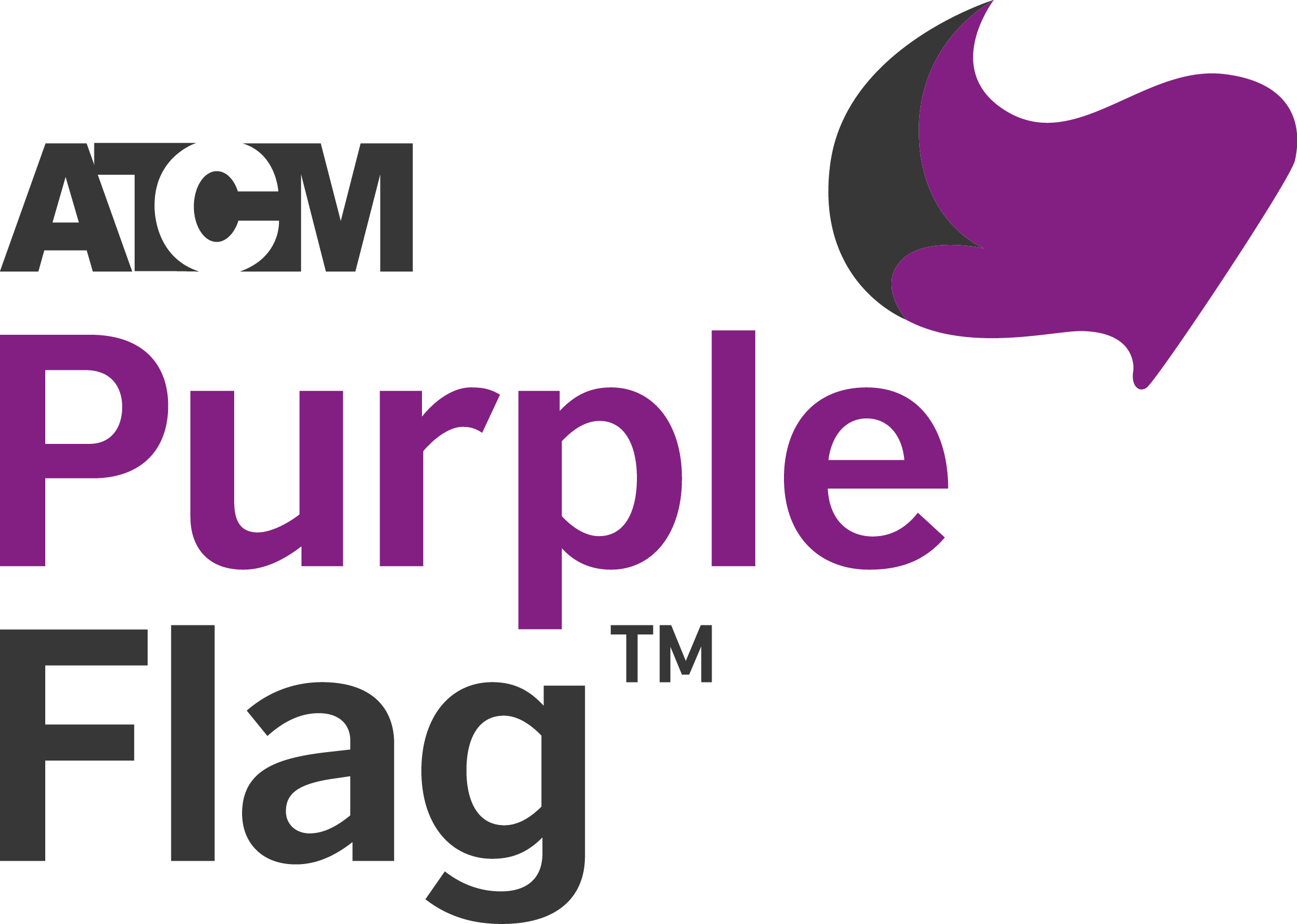Message from Kent Police:
The following security considerations are designed to help protect businesses that are remote or may be deemed to contain items of high value or demand, or have plant, tools or vehicles on site, which could make them a target for thieves. Security must be pre-planned and site specific. Whether you have an industrial unit on a business park or a corner shop in a village, these steps will help you to review your business security.
Staff and Site Specifics:
If a business is closed, people may assume that only a few – if any – staff will be on site. Businesses with monitored alarms or a security presence are likely to be more secure. Ensure a ‘locking down’ procedure is used with a clear line of responsibility.
Lone working:
Make sure processes for any staff on site, either working or checking security, meet and adhere to a current lone working policy. Lone worker devices can be used if they meet BS 8484:2016, and are IP67 rated.
Boundaries:
Check boundary treatments, repair any damage, and (if possible and safe to do so) check the external side of the boundary to ensure that no fixings are missing or worn. Make sure there are no recessed or secluded areas that could be used for gaining access, hiding tools in, or hiding stolen items for later collection. Leaving external lighting on will help deter criminals, especially if CCTV is clearly signed and in use. Ensure there are no vehicles, bins or equipment left against the perimeter treatment that could be used for climbing. Legal, temporary measures to secure your boundary treatment should be considered. Fill footholds that allow climbing. Where possible, make sure vehicles cannot be parked too close to the perimeter to enable climbing. Spiked collars make climbing a lamp columns or down pipes more difficult, and angled extensions, fans, anti-clime paint and fence toppers (at 2m) can help deflect climbers.
Tools, plant and machinery:
Remove all tools including ladders which could be stolen or used to break into your business. If you cannot remove them, hide and secure them with ground anchors, suitable chains and padlocks. If possible, security mark items, use DNA systems, or paint them a bright colour, with your corporate name or logo. Lock valuable materials such as cable, metals, boilers and white goods in secure stores, ideally with lighting, an alarm and CCTV. Accurate records of equipment owned or hired with serial/registration numbers can help identify stolen plant and machinery.
Physical structure:
Ensure all doors, door frames, locks and windows are in good repair. Make good any defects. If replacing glass, use laminated whenever possible. Security grilles should have no gaps around them and no handles or fixings left exposed that could be used to gain access. Grilles and shutters must be in good working order with no gaps beneath them. Appropriate glazing, for example laminated, should meet the current Secured by Design commercial guidance. If your business is in a listed building, please not, these require specialist treatments and certain consents prior to work starting so check with the local authority before planning work.
Signage:
Ensure your signage has contact details where any concerns can be reported to. Do not give an opening date unless you have adequate security and capable on-site security staff.
Regular checks and maintenance:
If you can safely visit to check the business (within relevant health restrictions and guidelines), ensure that any damage is repaired immediately to limit access opportunities and show the business is being monitored – see lone working above.
Gates:
If gates have gaps underneath that can be crawled under, add suitable non-flammable items to fill the gap. Gates should be fixed so they cannot not be lifted off their hinges. If any fixings must be external, the bolt/screw heads should be ‘burred’ off. Any holes for access control need a security cowling or to be filled to avoid creating a foothold. Padlocks should be in good working order, of disc design, closed shackle or shrouded. Long shackle padlocks must be avoided.
Storage:
Criminals might assume you are storing sought-after goods, so ensure any storage areas are secured fully. Check rear access routes, door and window security (ground level and reachable) and roofs.
Alarms:
Ensure alarms work and are ideally monitored, with a suitable policy for authorised people close by to check immediately if they are triggered. If installing a new system, consider check if the supply and fitting companies meet Secured by Design standards.
Vehicles:
These should be sited in the centre of a compound to allow better surveillance and ensure they are less likely to be used for climbing. Tracking systems notify staff if the machinery is being interfered with or moved, so the security staff can alert the police. They also make plant less attractive to thieves. Vans should be parked backing onto each other to help protect rear door access. Many tested and approved security products can delay and deflect vehicle crime – see SBD website for details. Remove keys and use locking mechanisms and anti-theft devices when vehicles, plant and machinery are not in use. Plant and machinery should be stored in a secure compound, either chained to immovable objects, ground anchors or each other when not in use. Break throttle locks are also recommended.
Mail delivery:
Mail should be redirected to avoid a build-up that could become a fire hazard or show how often the business is visited and checked. For details of an approved, compliant and TS009 certified letterbox, visit the Secured by Design website.
Home working:
If working from home, please check your home security, including access, and make sure that doors and windows lock properly. Avoid leaving computers or equipment in plain sight through a window or in a vehicle.
Further information:
- www.securedbydesign.com is a police initiative which provides guidance on designing out crime and crime prevention.
- www.soldsecure.com is owned and run by the Master Locksmiths Association, a not-for-profit trade association, which offers a selection of approved products.
- www.kent.police.uk for more crime prevention advice visit
If you would like a copy of this leaflet in large print, another format or language, email us at communications@kent.police.uk











